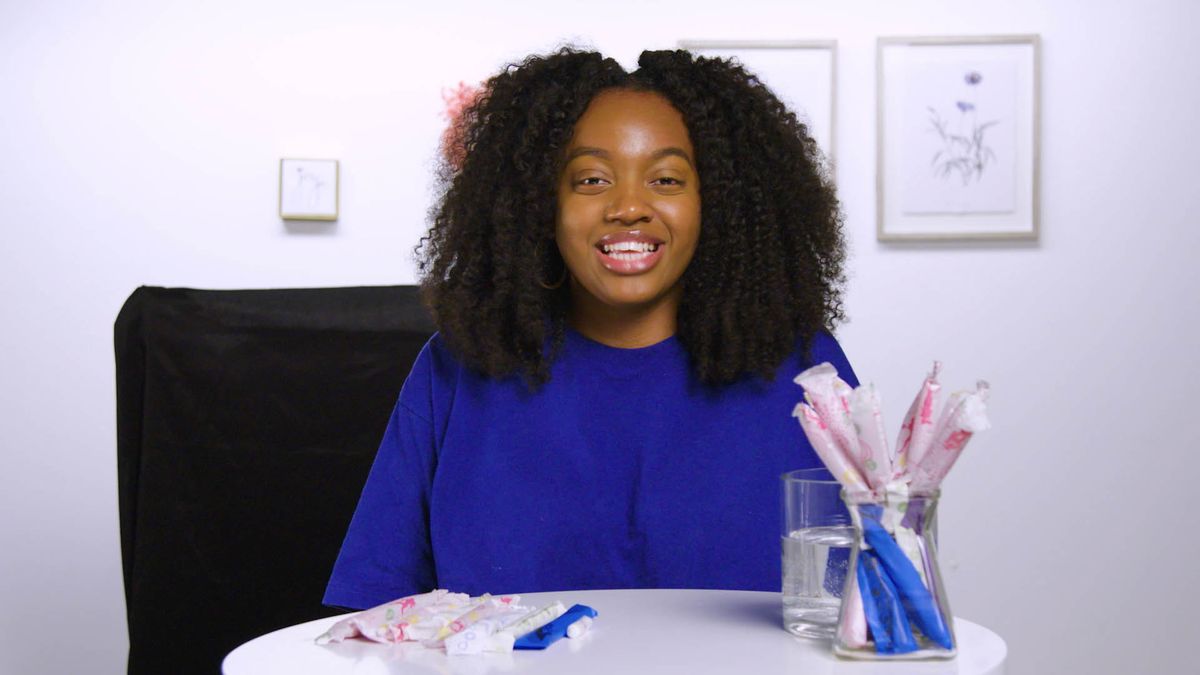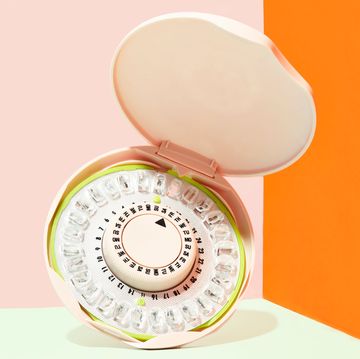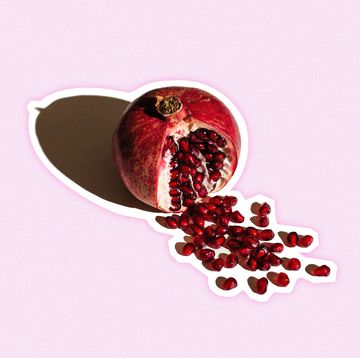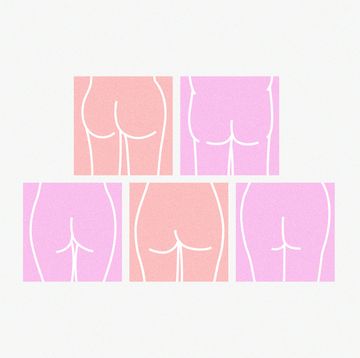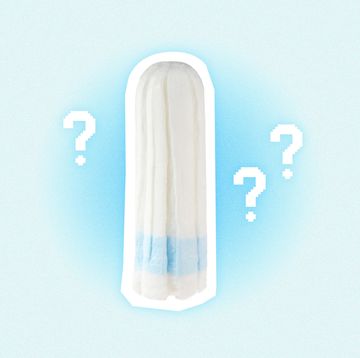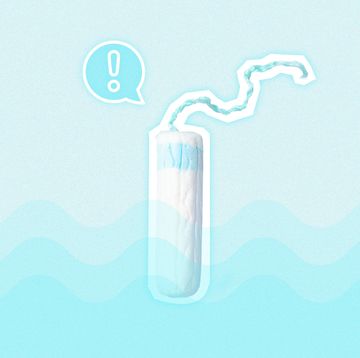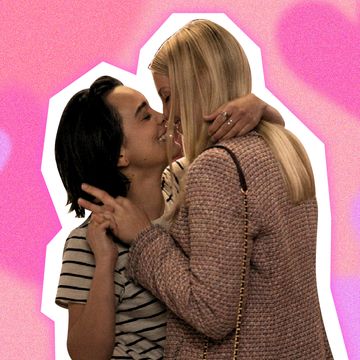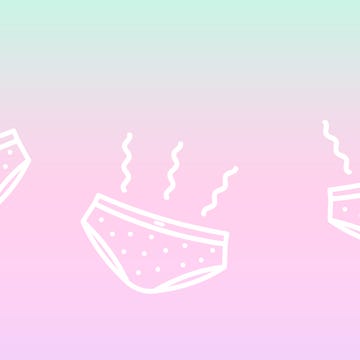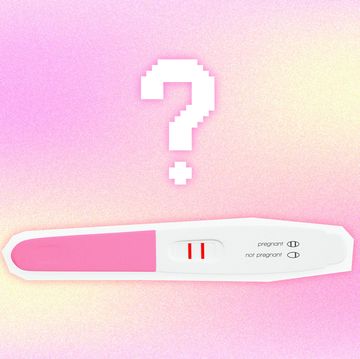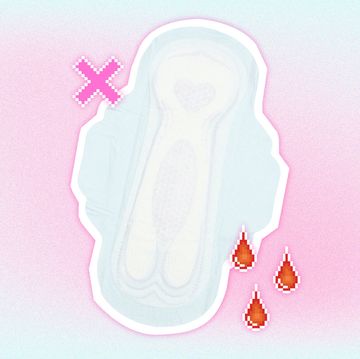Vaginas, vulvas, labias, lips — as you grow older and go through puberty, you hear a lot of different terms regarding your parts down under. But you might not be super clear on what *exactly* these words mean. If you’ve grabbed a hand mirror to check out what it all looks like below, or have had discussions with friends and left with more questions than answers. You might also be wondering if your vagina is “normal” or if you have a certain “type” of vagina.
Let’s clear up some facts. First, what you’re likely calling your vagina is actually your vulva — this is the correct term for all of your external genitalia, including the inner and outer labia, clitoris, vaginal opening, and urethral opening. Second, there are no types of vaginas or vulvas. Every vulva is a normal vulva.
“Vulvas come in all shapes and sizes. No two are technically alike,” Dr. Candice Daneshvar, board-certified OB/GYN based in Beverly Hills, California, explains.
“No one needs to categorize your vagina into a type,” Dr. Hina Talib, board-certified pediatrician, and adolescent medicine specialist based in New York City adds. “Vulvas, which include vaginal openings, are like ears. They come in different shapes and sizes and the variety is normal.” But what contributes to the shape and size of your vulva? Below, Dr. Daneshvar and Dr. Talib answer all of your most pressing questions and break down all the features of the vulva and vaginal area.
So, there aren’t different types of vulvas?
Nope. “There is no normal or abnormal when referring to the look of one’s external genitalia,” Dr. Daneshvar says. “The best way to think of our vulvas is that each is as unique as our faces. They all have the same parts but overall they all look a little different. No two faces are the same and no two vulvas are the same.”
If you’re worried about anything down there or are experiencing any discomfort, Dr. Daneshvar recommends that you give your doctor a call and schedule an appointment.
What exactly is the difference between a vagina and a vulva?
The vulva encompasses everything down there, including your labia majora, labia minora, clitoris, vaginal opening, and urethra opening. “People commonly confuse these two v-words,” Dr. Talib says.
“The vagina is a tube that connects your uterus to your vulva, and has an opening end called the vaginal opening,” she continues. This opening is part of your vulva. When menstrual blood leaves your body or when a baby is born, it happens through the vaginal canal.
Are there certain factors that contribute to a vulva’s shape or size?
Again, vulvas come in all different shapes and sizes. “There is no perfect size, shape, or color,” Dr. Daneshvar says. The features that do make a difference in the look of one’s vagina are the labia majora and the labia minora, also known as the outer and inner lips.
“The labia (lips) are folds of skin around your vaginal opening,” Dr. Daneshvar adds. These protect the vaginal and urethral openings from irritation and infection.
“The symmetry or asymmetry in size and shape are contributing factors,” she explains. “While the labia majora is usually symmetrical, the labia minora (inner lips) can be asymmetrical.” This means that your inner lips (the inner folds down there) might not be completely even. One might be longer, shorter, thicker, or thinner than the other. Some people have larger outer lips than inner lips or vice versa. But all vulva variations are totally fine and natural, no matter the degree of symmetry.
“Nothing in our bodies comes in mirror images,” Dr. Daneshvar says. “It is normal to have asymmetry in size.”
Do the colors of vulvas vary?
Yes! Vulvas range in color from pink to darker shades of brown. “They can be pink or reddish in color or they can be darker almost brownish-black,” Dr. Daneshvar explains. If you have any concerns over a spot of discoloration or potential mole, schedule an appointment with your OB/GYN.
Leah Campano is an Associate Editor at Seventeen, where she covers pop culture, entertainment news, health, and politics. On the weekends, you can probably find her watching marathons of vintage Real Housewives episodes or searching for New York City’s best almond croissants.

